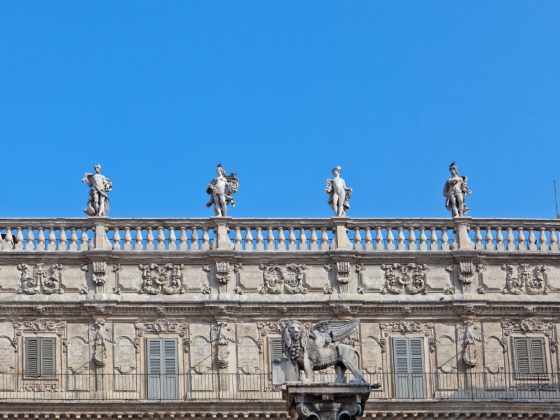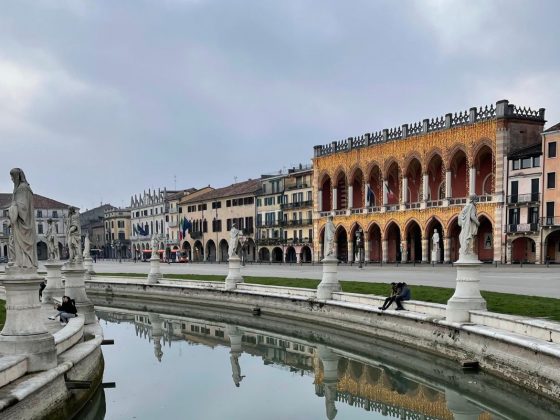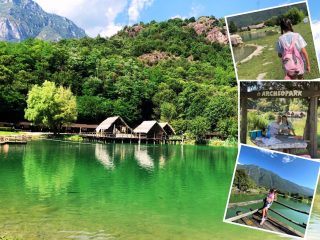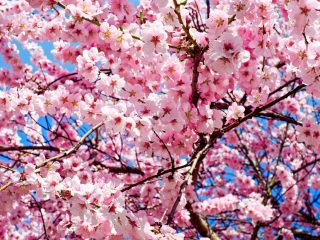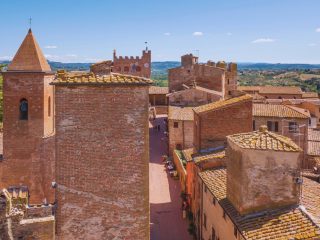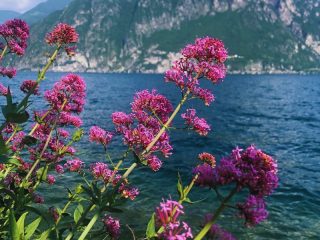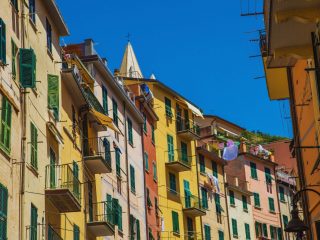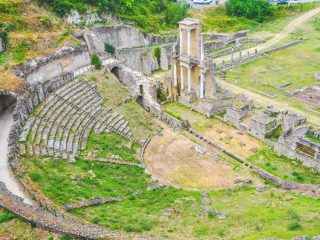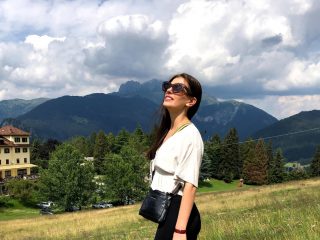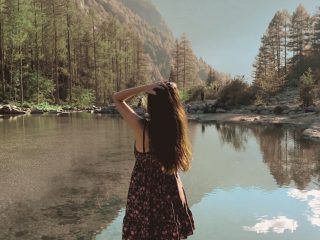Verona is one of Italy’s most beautiful cities, known for its love of Romeo and Juliet, its Roman and medieval architecture and its vibrant cultural scene. If you only have a day to visit Verona, here are some of the main sights you shouldn’t miss:
Arena of Verona
The Arena di Verona, an iconic symbol of Roman historical heritage, welcomes visitors with its imposing architecture and rich history. Built in the 1st century, the Arena has witnessed a variety of events, from gladiator fights to contemporary music festivals. Today, it is best known for its annual opera festival, attracting art lovers from all over the world.
Juliet’s House
Juliet’s House, located in the heart of Verona, is an emblematic place, full of romance and history, attractive to lovers from all over the world.
The 13th-century Gothic building is famous for its balcony, which is said to have inspired the famous balcony scene in Shakespeare’s Romeo and Juliet.

The statue of Juliet, located in the courtyard, is another attraction, considered to bring good luck in love to those who touch it. Juliet’s house remains a symbol of eternal love and a place of pilgrimage for lovers around the world.
Piazza delle Erbe

Today, it is a bustling centre of activity, framed by historic buildings with painted facades, wrought-iron balconies and ornamental windows. The market is enlivened by a colourful market, where locals and tourists gather to buy fresh fruit, vegetables, spices and souvenirs.
In the centre of the square is a fountain known as the Verona Madonna, a Roman statue dating from the 4th century.
The square is surrounded by historic buildings, including Palazzo Maffei, which houses an art museum.

Today, the palace has been transformed into a museum and cultural centre, offering visitors the opportunity to explore art galleries and temporary exhibitions.
5. Castelvecchio and the Scaligero Bridge

Built in the 14th century by the Scaligeri family, it originally served as a fortress and residence.
The Castelvecchio Bridge, which crosses the Adige River, is part of the castle complex and is an outstanding example of medieval military engineering.

A possible route for a day in Verona
Here’s a brief outline of a possible route for a day in Verona:
- Morning: your day in Verona could start with a walk in Piazza Bra, the square that hosts the Arena, gives you a first impression of the city’s charm. Here you can have breakfast in one of the many bars and restaurants.
- After exploring Piazza Bra and the Arena, head to Piazza delle Erbe, the historic heart of Verona. Here, you can admire a vibrant square and buildings with medieval and Renaissance architecture. Don’t miss Casa di Giulietta.
Afternoon: take a tour of Castelvecchio and Scaglione Bridge, where you can stroll and admire medieval history.

Equestrian monument of Cangrande I della Scala in Piazza Bra, Verona


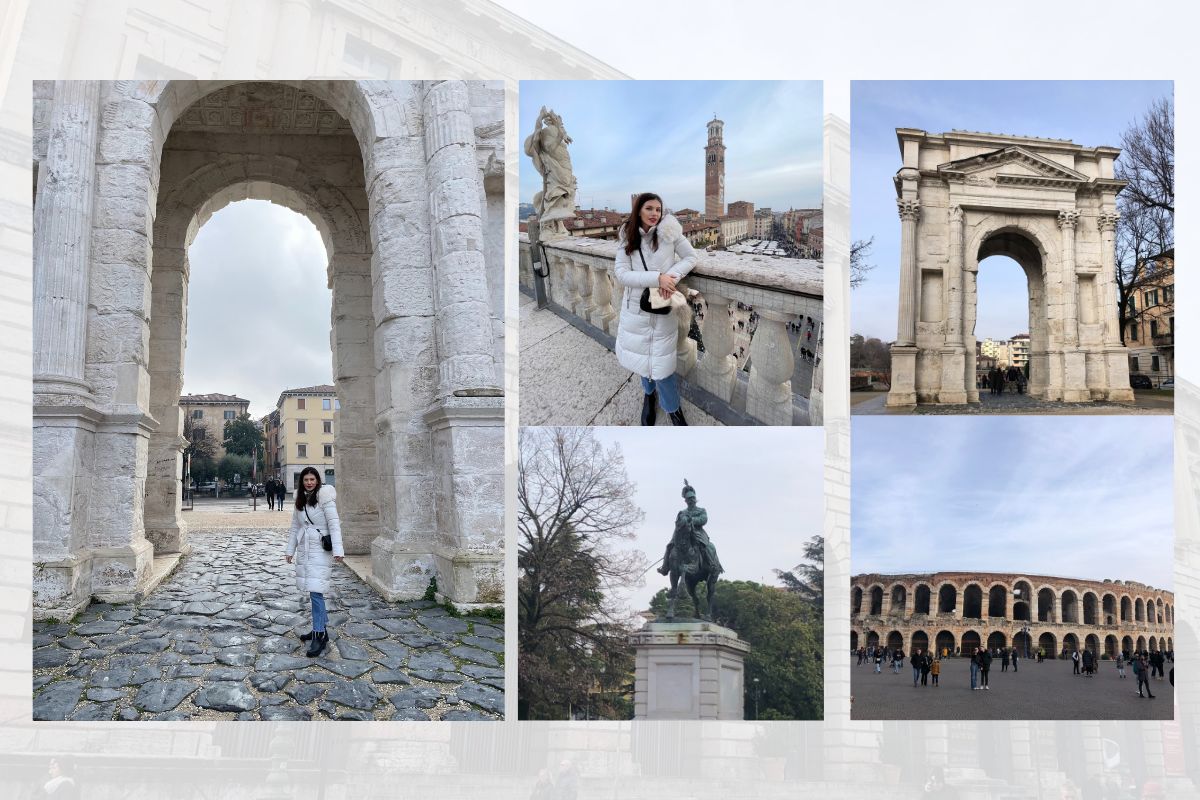







 Afternoon: take a tour of Castelvecchio and Scaglione Bridge, where you can stroll and admire medieval history.
Afternoon: take a tour of Castelvecchio and Scaglione Bridge, where you can stroll and admire medieval history.

